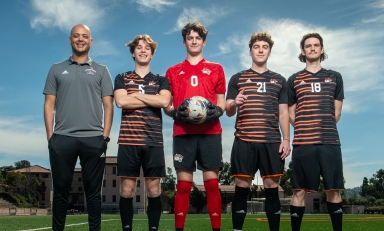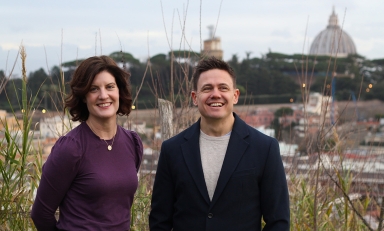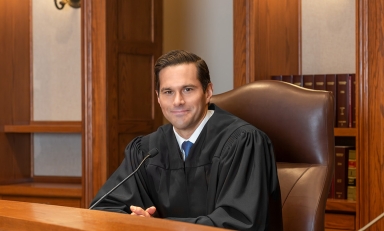Data from Oxy's first-ever Sexual Assault Campus Climate Survey, conducted last spring in conjunction with the Higher Education Data Sharing Consortium, show that:
- 89 percent of Oxy students say they have received education on what they can do to prevent sexual assault, as compared to 72 percent of students of the other 56 schools that participated in the survey.
- Of the survey's 634 respondents, 83.2 percent of Occidental students agreed or strongly agreed with the statement, "I feel safe on this campus."
- However, only 46.9 percent agreed or strongly agreed with the statement, "Campus officials do a good job protecting students from harm," and just 27 percent agreed or strongly agreed with the statement, "I do not believe that I or one of my friends is at risk for being sexually assaulted on campus at Occidental or during off-campus events or programs sponsored by Occidental."
Other survey findings:
- 8 percent of respondents reported they were sexually assaulted; 4 percent reported "unsure." Oxy's percentage of sexual assaults is similar to those of comparison schools.
- 50 percent of sexual assaults occurred in residential buildings (vs. 72 percent at comparison schools),
- 18 percent in non-residential campus locations, and 32 percent off campus (vs. 26 percent and 12 percent at comparison schools, respectively).
- 44 percent of incidents occurred during the first year (vs. 46 percent at comparison schools). 1
- 90 percent reported their assailant was another Oxy student; 78 percent said it was someone they knew.
- 80 percent of survivors reported assailants drinking alcohol; 75 percent of survivors reported their own use of alcohol; in 33 percent of the assaults, the assailant used physical force.
- While 92 percent of sexual assault survivors told at least one personal connection of the assault, only 27 percent told an Oxy official. And 8 percent of survivors told no one.
On the subject of preventative education:
- 84 percent of Oxy students said they have received information on resources for sexual assault and how to locate them on campus (vs. 62 percent of students at comparison schools).
- 47 percent of Oxy students said they have received information or education about the procedures for investigating a sexual assault (vs. 38 percent of students at comparison schools).
- 88.9 percent of Oxy students said they have received information or education about the actions they can take to help prevent sexual assault, such as bystander intervention, clear communication with a potential partner, or some other action (vs. 72.3 percent of students at comparison schools).
Although these numbers paint an overall positive picture of Occidental's prevention education efforts, "We don't think we're perfect. We want to make sure we're getting better at it," Frapwell says. "And one way to do that is to make sure students feel comfortable telling us when something doesn't feel right. The best way to be a good ally is to be open to when you're making mistakes and to be humble and willing to change."
1To minimize bias, raw data from Oxy and other schools were adjusted for the number of sexual assaults and when it happened, and the total respondents by class level.



